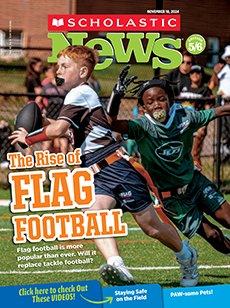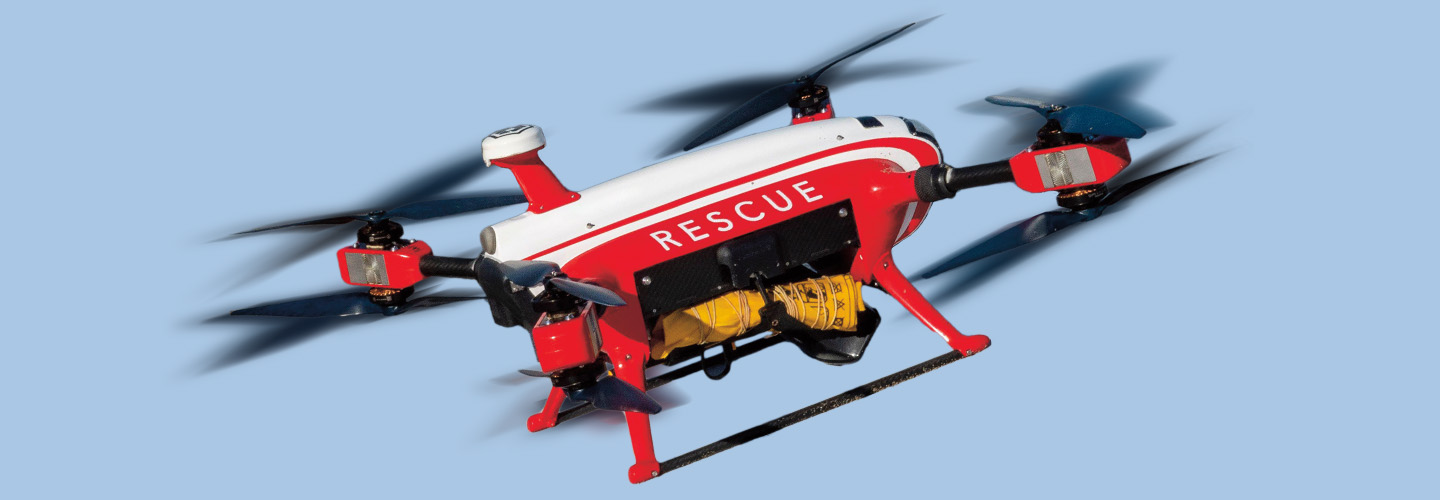Last summer, a trip to the beach took a terrifying turn for a teen in Europe. The 14-year-old boy had gone swimming off the coast of Valencia, Spain. Suddenly, he was struggling to stay afloat as the waves crashed down on him.
Within seconds, lifeguards saw that the boy was in trouble. But they didn’t immediately jump into the water. Instead, they used something that could reach the teen much faster: a drone.
A pilot on the ground quickly steered the remote-controlled flying machine over the boy and released a life vest. The teen grabbed on and managed to stay afloat until lifeguards arrived to bring him to shore. He was taken to a nearby hospital for treatment and sent home the next day.
That dramatic rescue is just one example of the important role drones can play during emergency situations. From battling wildfires to delivering medicine, drones are helping to save lives worldwide.

